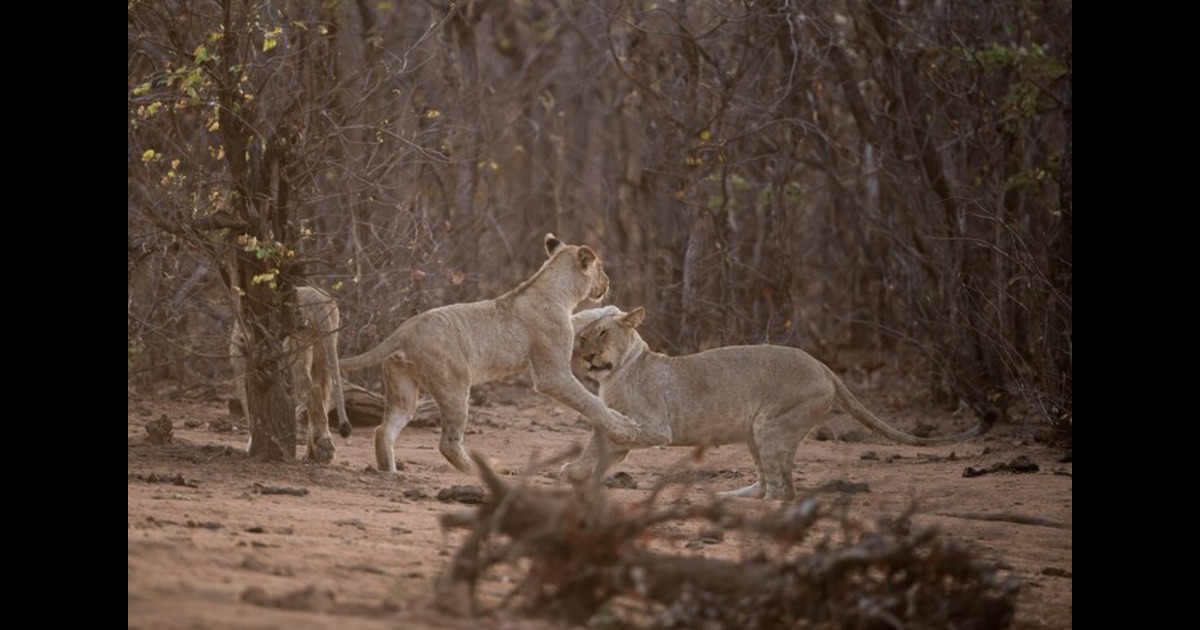Best Beginners Tips for Wildlife Animal Photography | 7 Tips for Wildlife Photoshoot
Is this your first time taking pictures of wildlife? If yes, then it will be tough and challenging for you. Wildlife photography can be a very scary field to start a career. Don’t worry we teach you some wildlife photography tips which are going to be helpful for you as a wildlife photographer and help you to capture the beauty of these animals. We believed it would be the best idea to put each and everything into a single piece of blog post. So that our readers could get each detail out of it. Also, we will enable you to follow the tips in such a way that makes sense.

However, wildlife photography lets the photographers capture the behavior of animals in their natural surroundings. In this article, wildlife photography tips for beginners will help you discover how each tip can impact or improve your wildlife photography skills.
This article is a work in progress and keep remember to bookmark this page in your browser. We might be adding a few more sections to this post in the future. Let’s get started!
Tips for Wildlife Animal Photography
1: Research and Understand Your Subject
In wildlife photography, storytelling has a significant role. Many things can be communicated or urgent messages can be delivered through photography such as what the subject is doing, why the photo was taken, how it survived, and many other things. Therefore, before heading out top photographs of wildlife. It is a really important tip to research and understand your subject for it. Understanding the animal feeding patterns, their behavior, and active time all these things might be helpful for you to capture the perfect shot.
2: Use the Right Equipment
Suppose you are in between wild animals and your camera gets stuck when you need to capture the important shot. Imagine your all struggle will be wasted if you do not buy good camera types of equipment for wild animal photography. To get the best shot of animals you need a wide-angle lens camera with a high burst rate and rapid shutter speed.

However, you probably need a 400mm telephoto lens to capture the animals from a distance. The MFD (minimum focusing distance) is necessary in many wildlife documentary stories. While staying in distance you can easily capture the best shot. Moreover, by manipulating the focal length you can keep the plot elements in the frame while you blur the rest. This is an ideal camera lens for wild animal photoshoots.
3: Choose Location Wisely
Every wildlife photography destination is not the same. Of course, as a beginner, you cannot directly go to the dangerous jungle crowded with wild animals. However, choose the location wisely for your first wild animal photography experience, such as a national park, etc. Study the location weather, where you want to go also study its environment. For example, you can type a name in Google to research the exact location weather, check its reviews, etc.
To get ideas for wildlife photoshoots, you can simply use the Google image search. Before going to the location make sure you have a detailed idea of security and how to defend yourself in such an environment.
4: Master Your Camera Settings
This is the most important tip for wild animal photoshoots. Your camera requires some necessary adjustments for wildlife photography. Below we explain some important settings to keep in mind:
Aperture: Keep in mind your depth and field to blur the background and highlight the subject by using a wide aperture (f/2.8 – f/5.6)
Shutter Speed: Adjust the shutter speed 1/10000s faster to capture the emotions of wild animals or birds who are fast in moving.
ISO: In dim-light conditions, raise your ISO to maintain a fast shutter speed. Modern cameras can handle the high ISO setting but you should constantly look for the lowest ISO setting that is available.
5: You Need to Keep some Patience and Persistence
If you want to become a good wild animal photographer, then you need a lot of patience. For good results, patience is the key. Spend quality time observing animals’ behavior and wait for your opportunity to click on a unique behavior.
To capture the unique shot you may have to wait for long hours also do not expect that your first attempts will create an amazing shot. You might face many unsuccessful attempts.
6: Stay Silent and Minimize Movement
Wild animals have a great sense of smell. Avoid using perfumes or any kind of detergent while going for the shoot. Try to stay silent and do not create a noise or any movement that makes them feel your presence. The results might be dangerous for you.
While on the other hand, if you are shooting for the birds keep in mind the same things, stay calm and silent, and don’t move frequently as it might scare them. Try to move slowly and deliberately to get closer to your subject without creating any mess.
7: Use the Natural Light
Lightning can make a big difference in photography. Early morning or afternoon time is the best time for the wild animal’s photoshoot. However, it’s also safe for you. Avoid taking the pictures in the harsh noon sun, as the contracts and shadows can create bad results.





